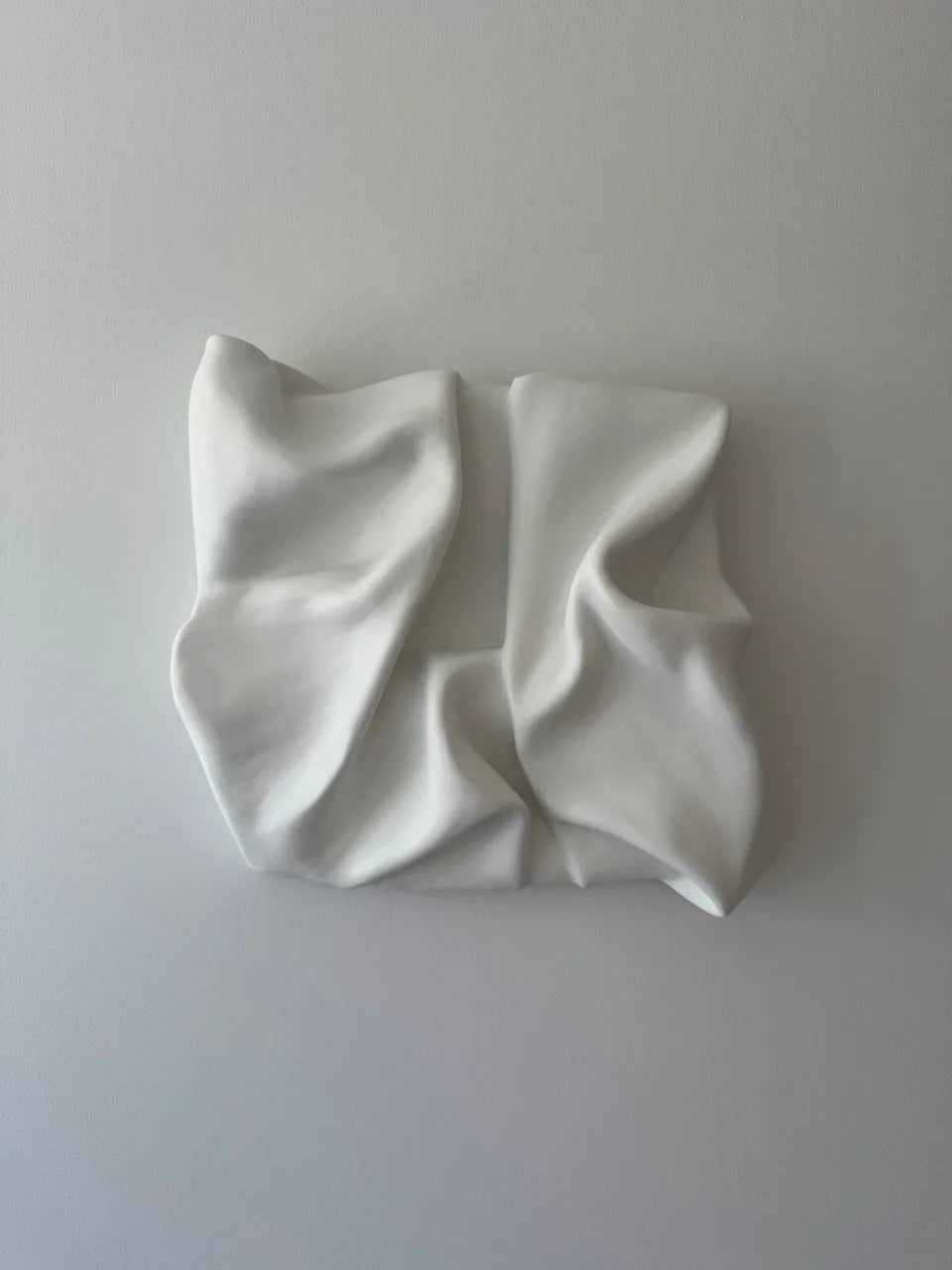
"The Canyon": A Sculptural Tribute to Antelope Canyon
Share
"The Canyon": A Sculptural Tribute to Antelope Canyon
Nestled in the heart of Arizona, Antelope Canyon is a mesmerizing natural wonder, with its narrow passageways carved over centuries by the forces of wind and water. This breathtaking landscape, filled with intricate light and shadow, evokes a profound sense of timelessness and beauty. My sculpture, The Canyon, was inspired by this awe-inspiring place, capturing the essence of its natural forms, the play of light, and the geological forces that shaped it.
The Inspiration Behind The Canyon
Antelope Canyon is famous for its narrow corridors and the stunning dance of light as sunlight filters through the canyon’s narrow openings. The way the light creates intricate patterns and vibrant hues across the canyon's smooth, undulating walls was a key inspiration for The Canyon sculpture. The beauty of this natural landscape, combined with its almost liquid appearance, speaks to the power of nature's slow yet powerful forces.
When I visited Antelope Canyon, I was struck by how it felt as if the earth was alive, constantly shifting and evolving. This sense of timelessness, combined with the play of light and shadow, is something I wanted to capture in my sculpture. Using joint compound and mixed media, I sought to recreate the organic shapes and dynamic movement that define this remarkable landscape.
The Process: Layering Time and Texture
One of the central themes of The Canyon is geological time—the idea of natural forces, over thousands of years, creating something both fluid and enduring. In my process, I layered joint compound to mirror the erosion that shaped Antelope Canyon. Each layer was allowed to dry before being carved and smoothed away, reflecting the rhythm of nature's slow and steady erosion. This layering technique also evokes the sense of motion found within the canyon's walls, creating fluidity and texture in the sculpture.
The texture and flow of the sculpture were designed to mirror the undulating curves of the canyon’s walls. Every detail was thoughtfully sculpted to reflect the natural rhythms of the canyon, from the delicate contours of the surfaces to the carefully considered curves and movement within the piece.
Capturing the Play of Light
One of the most challenging and rewarding aspects of this sculpture was capturing the play of light across its surface. In Antelope Canyon, the light constantly shifts, bathing the canyon walls in a new glow depending on the time of day. To emulate this dynamic quality in The Canyon, I paid close attention to how the sculpture’s surfaces would interact with light. The curves and textures of the sculpture were crafted to reflect light in different ways, allowing the sculpture to shift and change based on the viewer’s perspective. Just as Antelope Canyon transforms with the changing light, so too does The Canyon, inviting viewers to explore the piece from different angles and discover new details with each view.
A Tribute to Nature's Forces
Ultimately, The Canyon is more than just a tribute to Antelope Canyon; it’s a reflection on the natural forces that shape our world. It is an exploration of time, imperfection, and the delicate balance between light and shadow. Through this sculpture, I hope to bring a piece of that awe-inspiring landscape into a new form—one that can be touched, experienced, and appreciated in a different way.
Art, much like nature, has the power to shape and move us. The Canyon serves as a reminder of nature’s ability to create beauty from imperfection and of the ongoing processes that shape our world. I hope this sculpture encourages others to reflect on the power of nature and to find inspiration in the world around them, just as I did when I first encountered the wonder of Antelope Canyon.